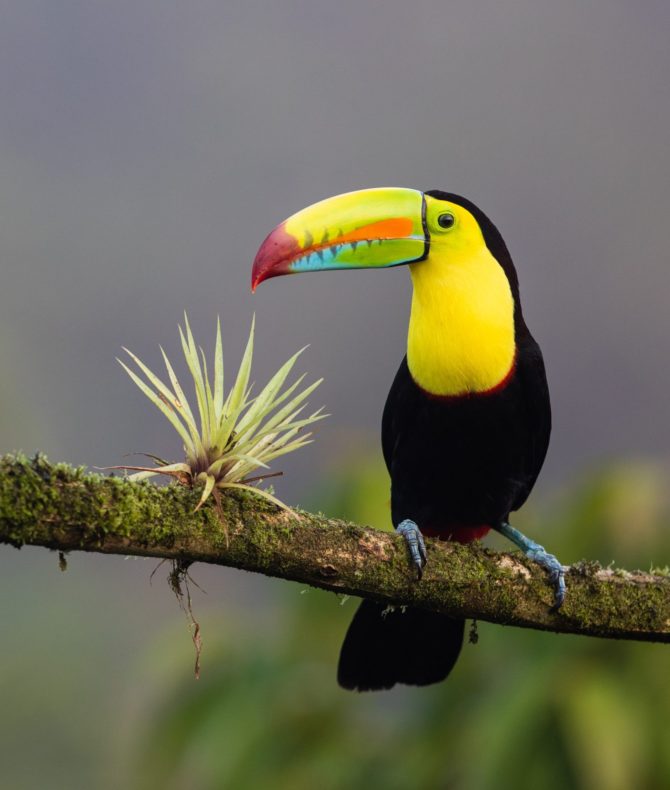About
Ecological connectivity is a complex but incredibly important component of ecosystem health. This is true in both wilderness settings, as well as urban environments to ensure that wildlife can disperse and migrate freely. As the manager of 9 historic canal systems in Canada, Parks Canada is responsible for ensuring these navigable waterways are maintained and operated in ways that preserve both their cultural and natural heritage features, and this includes ecological connectivity for Species at Risk and other wildlife. Uncovering how species move across the landscape and prioritizing areas of important habitat are the first steps toward ensuring that these canal systems – and the wider landscapes around them – can contribute to maintaining and enhancing wildlife connectivity.

Challenge
In addition to maintaining and enhancing ecological connectivity, there are several other (and sometimes competing) interests in how water is managed within navigable waterways, including factors such as hydroelectricity production, flood control, recreation, and of course, navigation. In addition to these, the systems of canals and locks can also play an important role in controlling the spread of invasive species. Given the diversity of social, ecological, and economic values that these waterways provide, as well as the large geographic areas and multiple land tenures that they cover, managing these waterways and their broader landscapes to achieve both ecological connectivity and other values presents numerous, highly complex challenges.
Solutions
Working with Parks Canada, Global Conservation Solutions has developed a GIS-based framework that improves our understanding of watershed-scale ecological processes to support management decision-making in Canada’s navigable waterways. The framework is based on a Multi-criteria Evaluation (MCE) approach that uses both spatial and aspatial information to assess the impacts of different management options on connectivity, as well as to prioritize areas that are critical for maintaining and restoring connectivity. The framework is designed to incorporate and integrate numerous aquatic and terrestrial connectivity tools, as well additional spatial tools to allow for more detailed assessments, such as human footprint indices, climate-change risk and resilience, and ecosystem goods and services. The outputs of the framework will ensure that Parks Canada is better informed of both the trade-offs of different management decisions, as well as the cumulative impacts of environmental changes on connectivity.
Results
The resulting framework is currently being applied by Parks Canada within two historic waterway systems in the province of Ontario. The specific scenario being evaluated involves strengthening environmental protections by gaining a better understanding of the interaction between natural heritage features and ecological processes that support, or hinder, connectivity for Blanding’s Turtle and other semi-aquatic Species at Risk. Based on a series of recommendations that GCS provided on how to strengthen the framework application in these waterways, Parks Canada has adapted their field program to begin collecting important data on the passability of road-stream crossings and other potential aquatic barriers, as well as expanding their shoreline development surveys to incorporate the connectivity needs of at-risk turtles.

